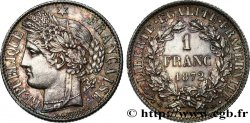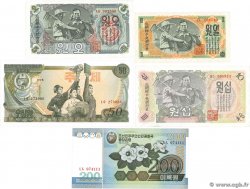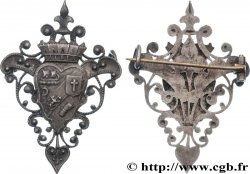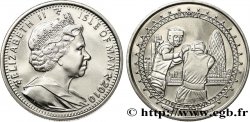fme_1029584 - DRITTE FRANZOSISCHE REPUBLIK Médaille, Courage, travail et Patrie, journal Le Matin
35.00 €
Menge
In den Warenkorb

Type : Médaille, Courage, travail et Patrie, journal Le Matin
Datum: 1904
Name der Münzstätte / Stadt : 75 - Paris
Metall : Bronze
Durchmesser : 51 mm
Stempelstellung : 12 h.
Graveur RIBERON René
Gewicht : 67,14 g.
Rand lisse + corne BRONZE
Punze : corne BRONZE
Kommentare zum Erhaltungszustand:
Patine hétérogène avec des traces d’usure, quelques coups et rayures. Taches d’oxydation sur les deux faces et la tranche
Vorderseite
Titulatur der Vorderseite ANÉPIGRAPHE.
Beschreibung Vorderseite jeune femme vêtue à l’antique, tenant une palme tendue vers un socle architectural ; végétation. Signé : RENE RIBERON.
Rückseite
Titulatur der Rückseite COURAGE / TRAVAIL / PATRIE // LE MATIN.
Beschreibung Rückseite Légende en 4 lignes entre deux lignes haute tension, une palme et une branche de lauriers.
Kommentare
Le Matin était un journal quotidien français créé en 1883 et disparu en 1944. Racheté par l'homme d'affaires sulfureux Maurice Bunau-Varilla, il fut l'un des quatre grands quotidiens dans les années 1910 et 1920, tirant un million d'exemplaires à la veille de 1914. Sa diffusion baissa à partir des années 1920, pour ne plus atteindre que 300 000 exemplaires à la fin des années 1930, tandis qu'il s'orienta vers l'extrême-droite, devenant collaborationniste sous Vichy. Il fut interdit de parution à la Libération..
Le Matin was a French daily newspaper founded in 1883 and defunct in 1944. Bought by the shady businessman Maurice Bunau-Varilla, it was one of the four major dailies in the 1910s and 1920s, with a circulation of one million examples on the eve of 1914. Its circulation declined from the 1920s onwards, reaching only 300,000 examples by the end of the 1930s, while it moved towards the extreme right, becoming collaborationist under Vichy. It was banned from publication after the Liberation.
Le Matin was a French daily newspaper founded in 1883 and defunct in 1944. Bought by the shady businessman Maurice Bunau-Varilla, it was one of the four major dailies in the 1910s and 1920s, with a circulation of one million examples on the eve of 1914. Its circulation declined from the 1920s onwards, reaching only 300,000 examples by the end of the 1930s, while it moved towards the extreme right, becoming collaborationist under Vichy. It was banned from publication after the Liberation.








 Berichten über einen Fehler
Berichten über einen Fehler Die Seite drucken
Die Seite drucken Teilen meiner Auswahl
Teilen meiner Auswahl Stellen Sie eine Frage
Stellen Sie eine Frage Einlieferung/Verkauf
Einlieferung/Verkauf
 Details
Details















